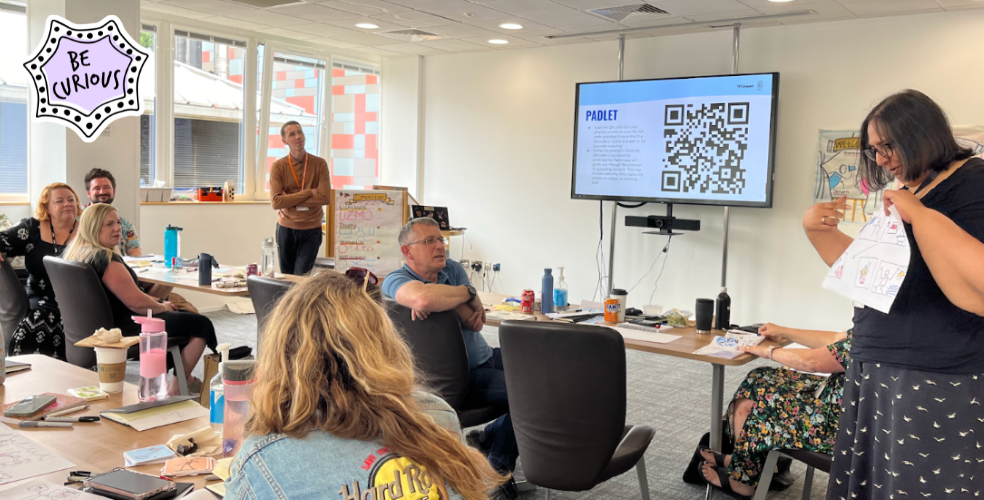Billy Joel wrote the song ‘New York State of Mind’ after returning to New York City from LA. The lyrics and emotion of the song paint a picture of how much he loves the city. New York has always been a part of who he is, even when living in Los Angeles. He’s always been tuned in to the fast pace, the hustle of the streets and the idea that anything is possible— a New York state of mind.
Moving to a design mindset
At TPXimpact, we often about the importance of moving teams and individuals to a design mindset. Taking a design led approach is how we focus on delivering the highest quality services that have a lasting impact on all.
Most importantly, a design mindset helps us focus on people. It’s how we reframe problems, enabling us to imagine future scenarios that will require new types of service and business models to deliver improved outcomes.
If our mindset is how we respond to our immediate surroundings and work, a design mindset means asking different types of questions and requires a different set of responses to the challenges we face.
This is how I would describe moving to a design mindset. And, as importantly, where this means we are moving from.
The attributes on the left aren’t necessarily wrong or unimportant. But they show a different type of focus, more towards dealing with certainty and maintaining existing ways of operating. In contrast, a view of the world shaped by the questions a designer asks, and how they respond, is much more about future thinking. This means being open-minded to new ideas and types of collaboration.
Changing habits
Our experiences and the place we find ourselves shape our state of mind. The longer you spend somewhere or with something, the more it becomes a part of you. So, we need to shape our ways of working, and the places we work, as they will continue to shape us.
Holding and developing an alternate state of mind is a challenge. It’s hard work. But it’s an important challenge if we want to help shape 21st-century organisations. I’ve seen firsthand that it’s possible to shape new behaviours and norms in the way teams and individuals question and respond to challenges.
To get started, be prepared to look at your own mindset as much as that of everyone else working around you. Stop or pause to challenge yourself. Think about how you react to the different situations and scenarios you’re in. Reflect on how you respond. Evaluate the differences that small changes to default behaviours and adopting new perspectives can start to make.
Just like New York, if you live with something for long enough it becomes part of you. A design mindset is something that everyone can move to. You have to be deliberate about going there. And if you’re deliberate about staying there long enough you will find it starts to go everywhere with you as well.

Visual facilitation and thinking with the Office for National Statistics
A sneak peek at our visual facilitation training with ONS, sketching, simplifying concepts, and applying visual thinking in complex contexts.
Read moreOur recent insights

Visual facilitation and thinking with the Office for National Statistics
A sneak peek at our visual facilitation training with ONS, sketching, simplifying concepts, and applying visual thinking in complex contexts.
Read more
Developing greener services principles with DEFRA
Supporting Department for Environment, Food & Rural Affairs to define shared principles that enable all to embrace planet-centred thinking.
Read more
Breaking barriers: bringing charities and the NHS together to improve patient support
We brought together leaders from charities and the NHS to discuss connecting people who are diagnosed with health conditions to charities that can support them.
Read more

